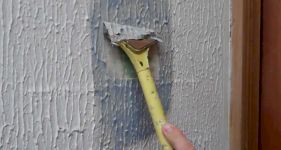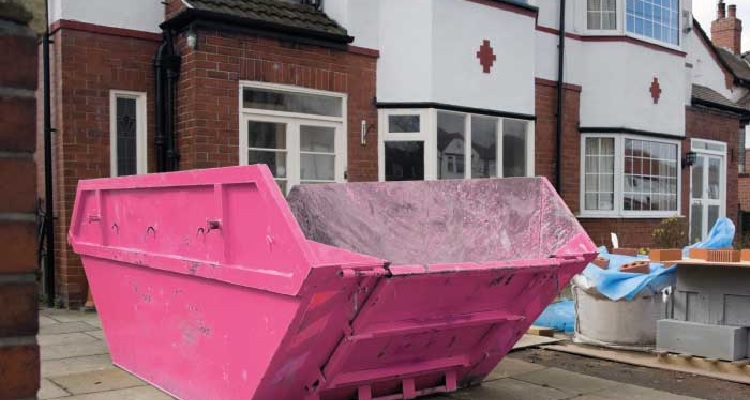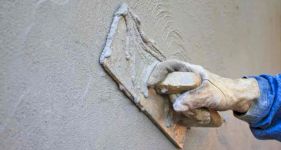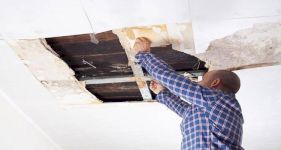Plaster Repair Guide
After a certain amount of time, walls simply begin to show signs of wear and tear and damage over the years. Whether it's children hitting walls with toys, years of scuffs and scratches from furniture or simply some DIY went wrong, most walls will need some plaster resurfacing to get them back to looking their best.
Now, some people will opt to have their entire walls replastered and resurfaced, but in truth, this may not be necessary.
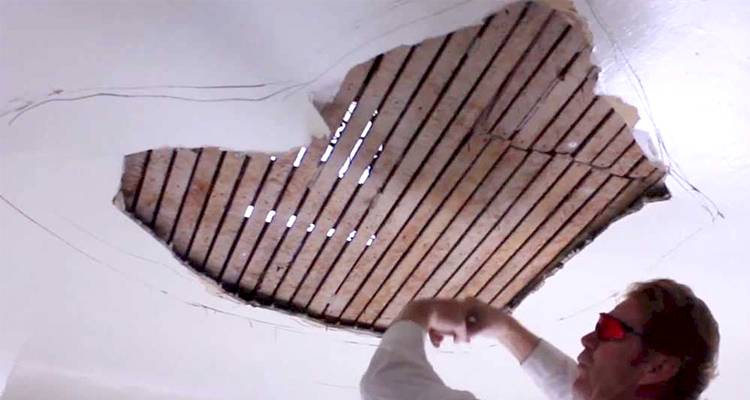
Usually, some plaster patch repairs or crack repairs will more than suffice in getting the wall back to looking nice and smooth, and ready to either paint over the plaster or hang some fresh wallpaper.
In this guide, we're going to explore all the information you need to know about plaster repairs, the costs involved, the associated timescales, the method contractors, take to repair walls and just about anything else you need to know about the subject!
Table of Contents
- What is Plaster Repair?
- Types of Plaster Repairs
- Pros and Cons of Repairing Plaster
- How Much Does It Cost to Repair Plaster?
- How to Repair Plaster
- How Long Does It Take to Repair Plaster?
- Building Regulations & Planning Permission Approval for Plaster Repairs
- Checklist: Hiring a Plasterer in the UK
- FAQs
What is Plaster Repair?
Internal walls within our home are plastered to make them smooth, neat and attractive, while also providing the perfect surface for wallpaper and paint to be applied to achieve stunning decoration in any home.
However, this plaster isn't the strongest material in the world, so blemishes are fairly common, including cracks, chips and marks throughout the walls. When walls begin to show these signs of wear, many people will pay to have the entire walls and ceiling resurfaced, but this isn't always necessary.
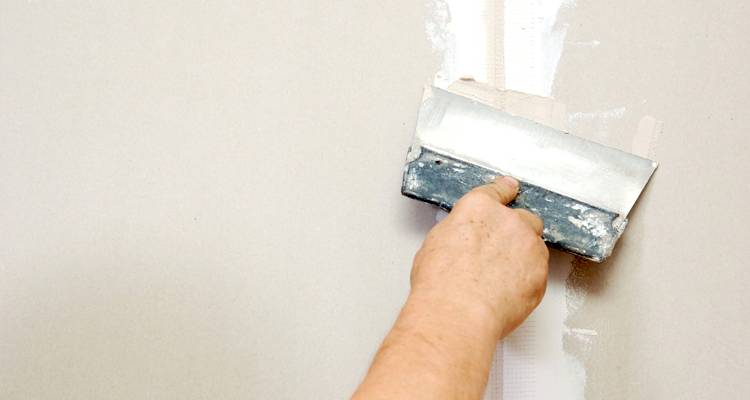
Of course, if the walls are beyond the point of repair, the most straightforward thing to do would be to resurface everything, but if your wall is just suffering from the odd mark or crack, it makes far better sense to have these little blemishes repaired.
Types of Plaster Repairs
Skimming
Skimming is when you apply a full layer of thin plaster to the existing plaster to cover any small cracks, chips or scratches. This is a really good option for freshening up the plaster without needing to do an entirely new thick layer of plaster which would take much longer and cost more.
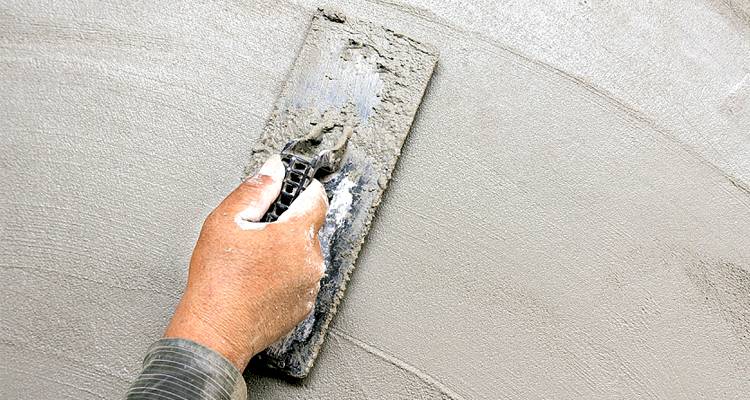
Patch Repair
For deeper marks and cracks, or more damaged walls, you can get a patch repair in which a thick amount of plaster is applied to the affected area to bring it back in line with the rest of the plaster.
After this has dried fully, you may even want to have the wall skimmed to blend the patch repair into the rest of the plastered wall.
Pros and Cons of Repairing Plaster
Pros
Fresh Look
The most obvious benefit to repairing your walls with a plaster patch or skimming is to make it look nicer. Once the repair work has been completed, you can paint the wall, and the new fresh look will be a huge improvement on how it looked before the repair.
This is the main motivation for people to have this type of work done, which is probably why so many people go straight to a full plastering instead of exploring repair options first.
Longer Life
Keeping your plastered walls in good condition by filling cracks and holes will extend its lifetime significantly.
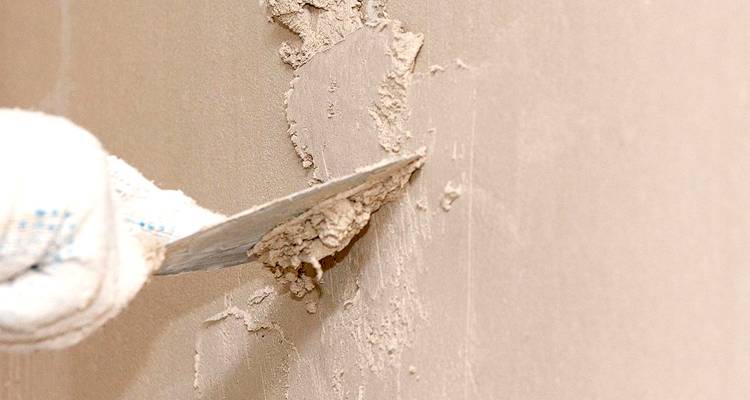
If you leave a crack in the plaster, it will become weak and either crack further, or the plaster on either side of the crack will begin to break away and fall off. Then your only option will be to have the walls plastered in full.
Cons
Cost
The cost of the job can be a slight sticking point, especially if you want to do more than one room in your home. We'll explore the price in more detail in the next section to give you a good idea about how much you're likely to pay for the work.
Full Plaster
While the benefits are clear in opting for a plaster repair rather than a fresh plastering in full, there are a lot of benefits to going the whole way and having brand new plaster applied to your walls.
You'll probably have a long time before you need to repair or skim this plaster, whereas you may find that you are repeatedly repairing the same wall, just in different areas.
How Much Does It Cost to Repair Plaster?
The cost of repairing plaster walls will depend on several factors, such as the size of your walls and the damage to them, along with the location that you live in.
A wall skimming will cost more, depending on the labour rate, the size of your home and the state of the walls that require repairing. A patch repair, however, will be slightly less.
Cost to Plaster a Room
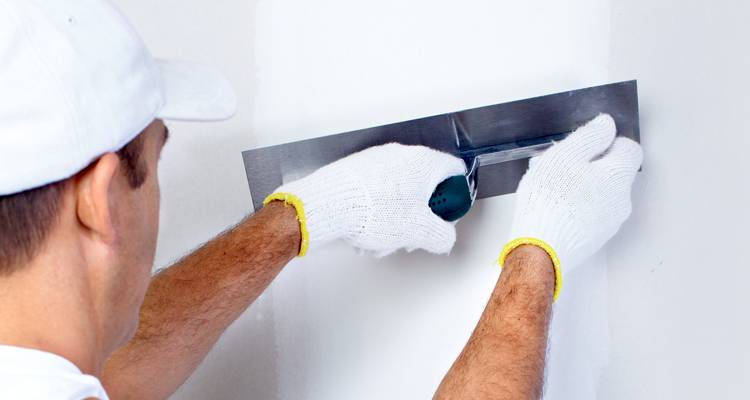
If you're finding that no matter how much you paint the walls or dress them with nice wallpaper and decorations, they still look damaged, tired and worn, it may be time to bite the bullet and have the entire wall resurfaced to work from.
The overall cost to plaster a room will obviously depend on the amount of work to be done, the ease of access, materials used, the location of your home, the size of your walls, and the number of walls you're looking to plaster at once, as you can often gain discounts for multiple rooms. This is why people explore other options like patch repair and skimming.
Cost to Plaster a Ceiling
If your ceiling is cracking, and the plaster is raining down into your hair, it's about time you had it replastered before it's too late! Much like patch repairs, skimming, and wall plastering, your ceiling will look so much better after the correct work has been done to it to bring it back up to standard with the rest of your home.
The cost to plaster a ceiling varies quite drastically, depending on the size and complexity of your home.
How to Repair Plaster
The process of repairing plaster is pretty straightforward, but the task takes a skilled and experienced plasterer to carry out. Because of this, most homeowners choose to hire a professional rather than tackle it as a DIY job.
You can receive multiple quotes from local plasterers using MyJobQuote, which are fast, free, and with no-obligation to go ahead.
Here is a look at the typical plaster repair process:
Before the Job
- Protect the Room — First, the contractor will protect the rest of the room and furnishings by laying down some dust sheets over furniture and your carpets. This will not only protect your rooms, but it will collect any debris to stop it from sticking to the walls and ruining the smooth finish.
- Prepare the Area — For plaster repairs, there may need to be some removing of old plaster surrounding the repair point to ensure a completely even and smooth job. This is where the dust sheets come in handy.
During the Job
- Prime the Wall — Next, the wall will be primed in the repair area with a diluted solution of PVA to help the plaster stick to the wall and dry out evenly.
- Mix the Plaster — The plasterer will more than likely mix the plaster on-site, and it's usually a mixture of water mixed with either gypsum for most modern properties, or lime in older houses. This wet plaster ensures a smooth and even finish on the repairs, but depending on the size of the job, the plasterer may not need to mix too much.
- Apply the Plaster — The plaster will be applied to the wall in the areas that is required, along with constant skimming and adjusting to ensure that the finish is aligned with the rest of the wall.
After the Job
- Let Plaster Dry — Once the plaster has been applied, it will be left to set and dry fully before any sanding, painting, or decorating is carried out.
How Long Does It Take to Repair Plaster?
The timing is all hinged on the number of repairs that are required. Most repairs are completed within a few hours, but the plaster must be left to dry fully before it is touched, so don't plan on doing anything with the room for a few days.

Building Regulations & Planning Permission Approval for Plaster Repairs
You don't need planning permission for internal plaster repairs that are like-for-like. If your home is a listed building or in a conservation area, speak with your local housing authority for guidance on how to proceed.
Checklist: Hiring a Plasterer in the UK
- Do they have experience? Ensure your plasterer has plenty of experience and can show evidence of their work.
- Are they qualified? There's no legal requirement to be qualified as a plasterer, but most reputable plasterers will hold a NVQ Level 2 in Plastering.
- Are they insured? Look for public liability insurance, and employers' liability insurance if they have employees.
- Do they offer any guarantees? Ask if they offer a guarantee and will they fix any issues that arise.
- Do you have an itemised quote? Make sure you know what's included in your price and if there are any additional costs.
- Do they have positive reviews? Check their MyJobQuote profile to see the feedback they have received from other homeowners.

